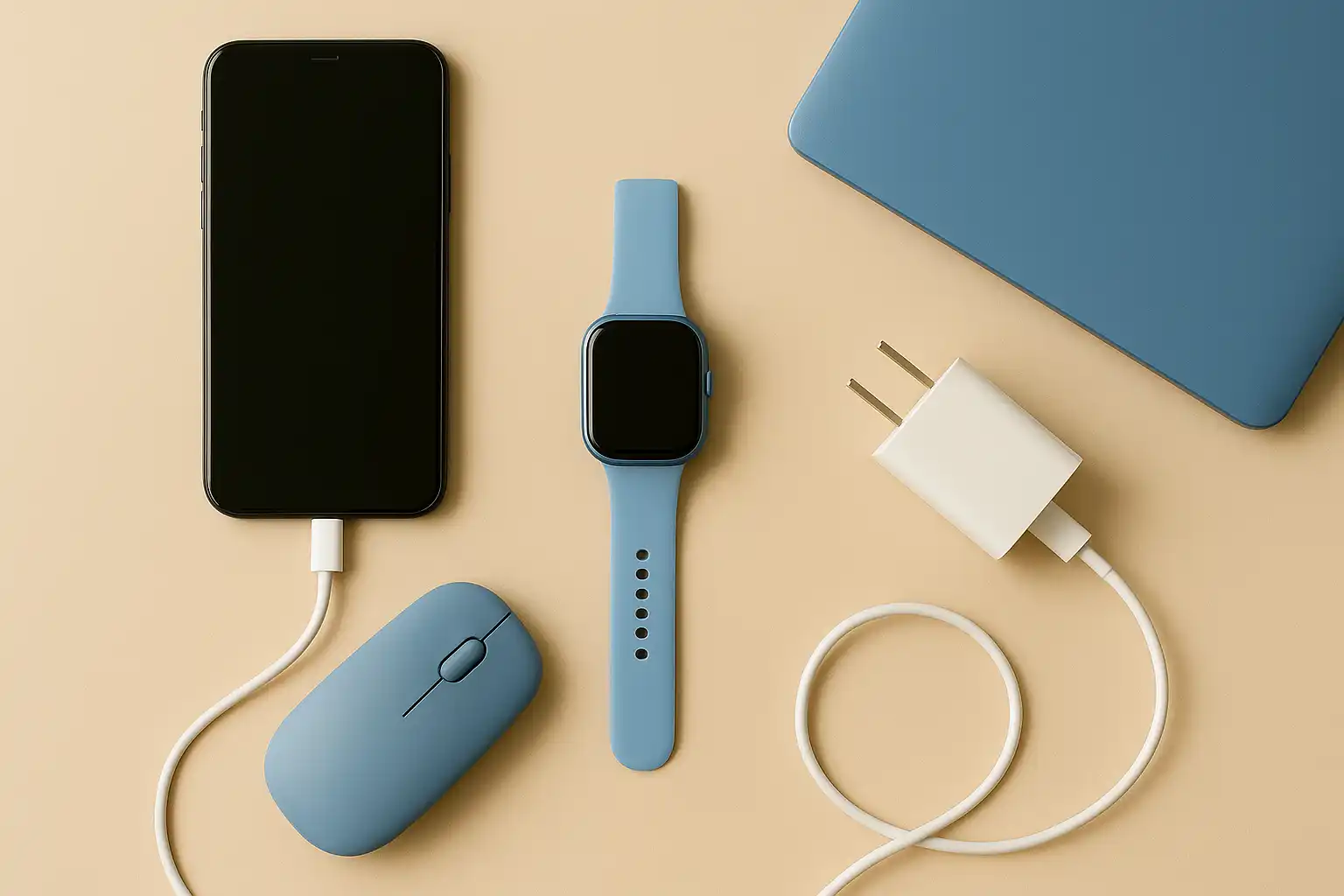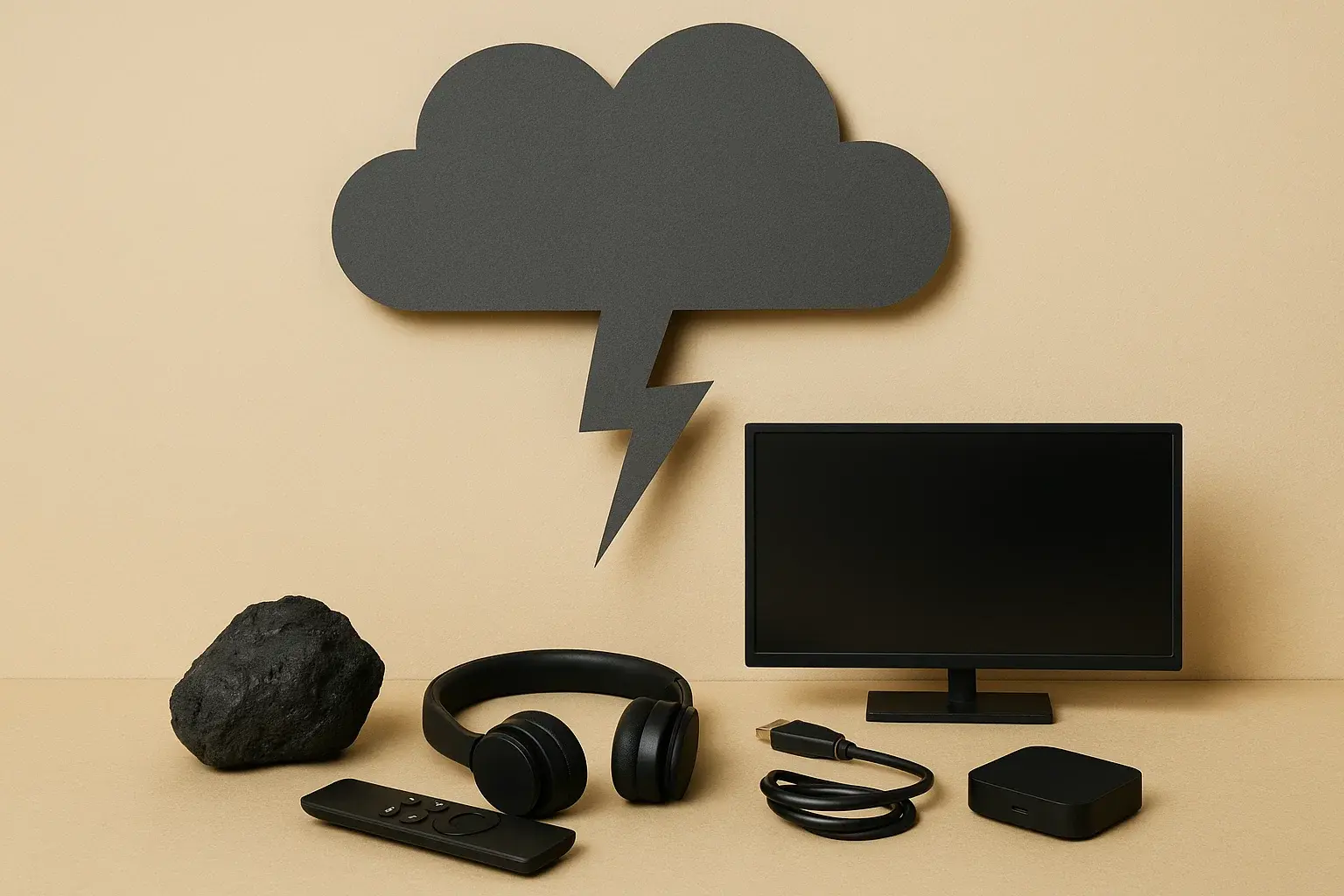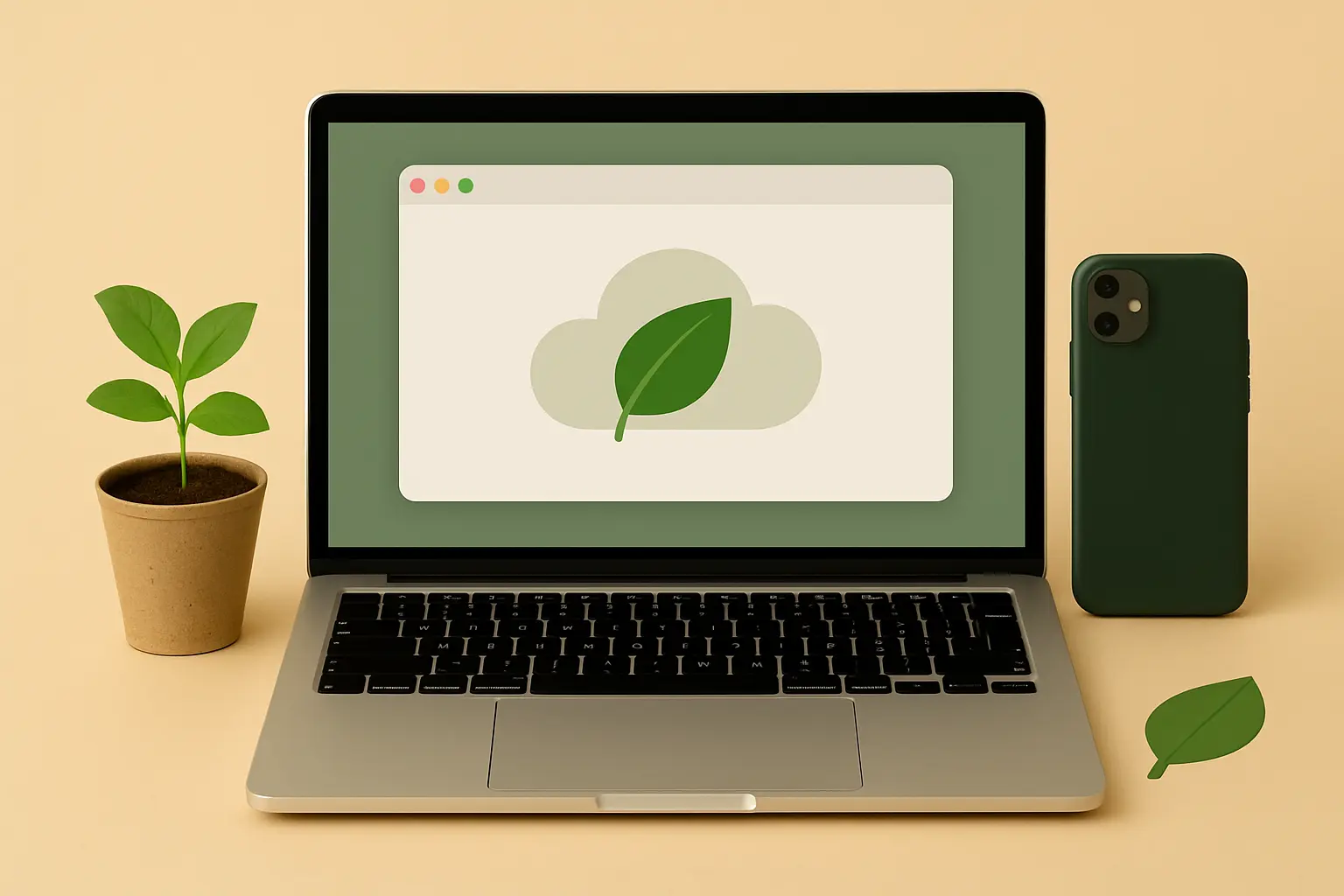The Silent Energy Thief: Cutting Down Idle Device Usage for a Sustainable Digital Footprint

In our hyper-connected world, our reliance on electronic devices has become deeply ingrained in our daily routines. From smartphones and tablets to laptops and smart home hubs, these gadgets are constant companions, facilitating communication, productivity, and entertainment. However, a significant and often overlooked contributor to our digital carbon footprint is the energy consumed by these devices when they are not actively in use but remain powered on in an idle state. This seemingly innocuous habit of leaving devices running when we step away, even for short periods, adds up to a substantial amount of wasted energy across millions of households and workplaces globally.
The convenience of instant access is a key driver behind our tendency to leave devices idle. The ability to quickly resume a task or have information readily available at a moment's notice often outweighs our consideration of the energy being consumed in the interim. However, this continuous power draw, even in a low-activity state, places an unnecessary burden on our electricity grids, contributing to greenhouse gas emissions and increasing our energy bills. Understanding the extent of this "idle drain" and adopting simple yet effective strategies to minimize it is a crucial step towards a more energy-efficient and sustainable digital lifestyle. By implementing power-saving settings, establishing time-out policies, and cultivating greater awareness of our device usage habits, we can collectively curb this silent energy thief and reduce our overall environmental impact.
The Cost of Convenience: Understanding Idle Device Energy Consumption
The amount of energy consumed by a device when idle can vary significantly depending on the type of device, its settings, and its age. However, even seemingly small amounts of continuous power draw, when multiplied across numerous devices and extended periods of time, can result in a considerable cumulative energy waste. Consider the laptop left running on your desk while you attend a meeting, the tablet that remains powered on overnight without being used, or the smart speaker constantly listening for commands. Each of these scenarios represents a continuous drain on electricity, contributing to our individual and collective carbon footprint.
Furthermore, prolonged idle time can also have a subtle impact on the lifespan of our devices. While modern electronics are generally designed to withstand periods of inactivity, unnecessary power cycling and heat generation associated with extended idle states can potentially contribute to component wear and tear over the long term. By reducing idle time, we can not only save energy but also potentially extend the usable life of our valuable electronic devices, aligning with the principles of mindful consumption and waste reduction.
Practical Alternatives for Reducing Idle Device Usage
Fortunately, a range of practical and easily implementable alternatives can help us minimize the energy consumed by our devices when they are not actively in use:
Power-Saving Settings: Optimizing for Efficiency
Most modern operating systems and device settings offer robust power-saving features designed to reduce energy consumption during periods of inactivity. Exploring and configuring these settings is a fundamental step in curbing idle device drain. For laptops and tablets, adjusting sleep and hibernation settings to automatically engage after a defined period of inactivity can significantly reduce power usage. Similarly, smartphones often have battery optimization features that limit background app activity and reduce screen brightness when the device is idle. Taking the time to customize these power-saving settings according to your usage patterns ensures that your devices are not consuming unnecessary energy when you step away. Tools like JouleBug can also help track energy consumption and identify areas for improvement in your digital habits.
Time-Out Policies: Implementing Automatic Standby
Extending the concept of power-saving settings, establishing clear time-out policies for your devices can further automate the process of reducing idle energy use. This involves setting specific durations of inactivity after which devices automatically enter a low-power sleep or standby mode. For desktop computers, configuring display sleep settings and system sleep options can ensure that the monitor and the computer itself power down after a period of inactivity. Smart home devices, such as smart speakers and displays, often have customizable idle time settings that can be adjusted to minimize their continuous power draw when not actively engaged. By implementing these time-out policies, you can create a system where your devices automatically transition to a more energy-efficient state when you are not directly interacting with them, requiring minimal conscious effort on your part.
Awareness Prompts: Cultivating Mindful Habits
Beyond automated settings, cultivating greater awareness of our device usage habits is crucial in reducing idle energy consumption. Simply being more mindful about manually powering down or putting devices to sleep when we know we won't be using them for an extended period can make a significant difference. This might involve consciously turning off your laptop before leaving for the day, powering down your gaming console after a gaming session, or unplugging chargers when they are not actively charging a device. Tools and apps that provide insights into your energy consumption, such as EcoBee smart thermostats and Sense home energy monitors, can also help raise awareness about the energy impact of idle devices, prompting more mindful usage habits. Regularly reminding ourselves and our household members to power down idle devices can foster a culture of energy consciousness and contribute to a more sustainable digital footprint.
By implementing these strategies – optimizing power-saving settings, establishing time-out policies, and cultivating greater awareness of our device usage – we can collectively take meaningful steps towards reducing the often-overlooked energy consumption of idle devices. These conscious adjustments not only contribute to lower energy bills and a reduced carbon footprint but also align our digital habits with a more sustainable and resource-efficient way of living in an increasingly connected world.
Related Blogs

Neutralizing Your Tech Footprint: Choosing Carbon-Neutral Tech Purchases
Support climate action by opting for carbon-neutral certified tech and offset programs.

The Unseen Gigabytes: Cutting Your Streaming Carbon Footprint
Reduce your digital carbon footprint by adjusting streaming quality and habits.

Swipe Right on Sustainability: How Digital Decluttering Cultivates a Greener Lifestyle
Insights on digital decluttering for a greener lifestyle in a sustainable way.

Decoding Disposal: Your Essential Guide to Responsibly Recycling E-Waste
Insights on the rise of ethical tech in a sustainable way.

Surfing Sustainably: Unveiling the World of Eco-Friendly Browsing
Insights on eco-friendly browsing in a sustainable way.

Beyond Plastic: Exploring Eco-Friendly Materials in Tech Casings
Choose tech with recycled aluminum, biodegradable shells, or durable composites over plastic.
Stay in the Loop
Get tips and insights tailored to your interests — no spam, just sustainability.